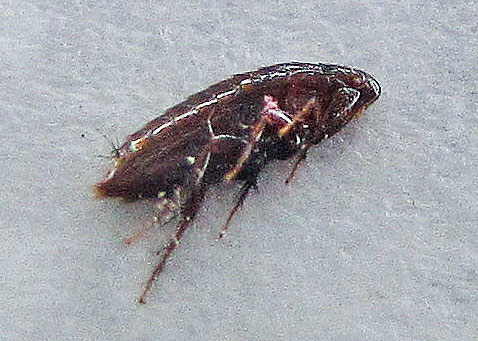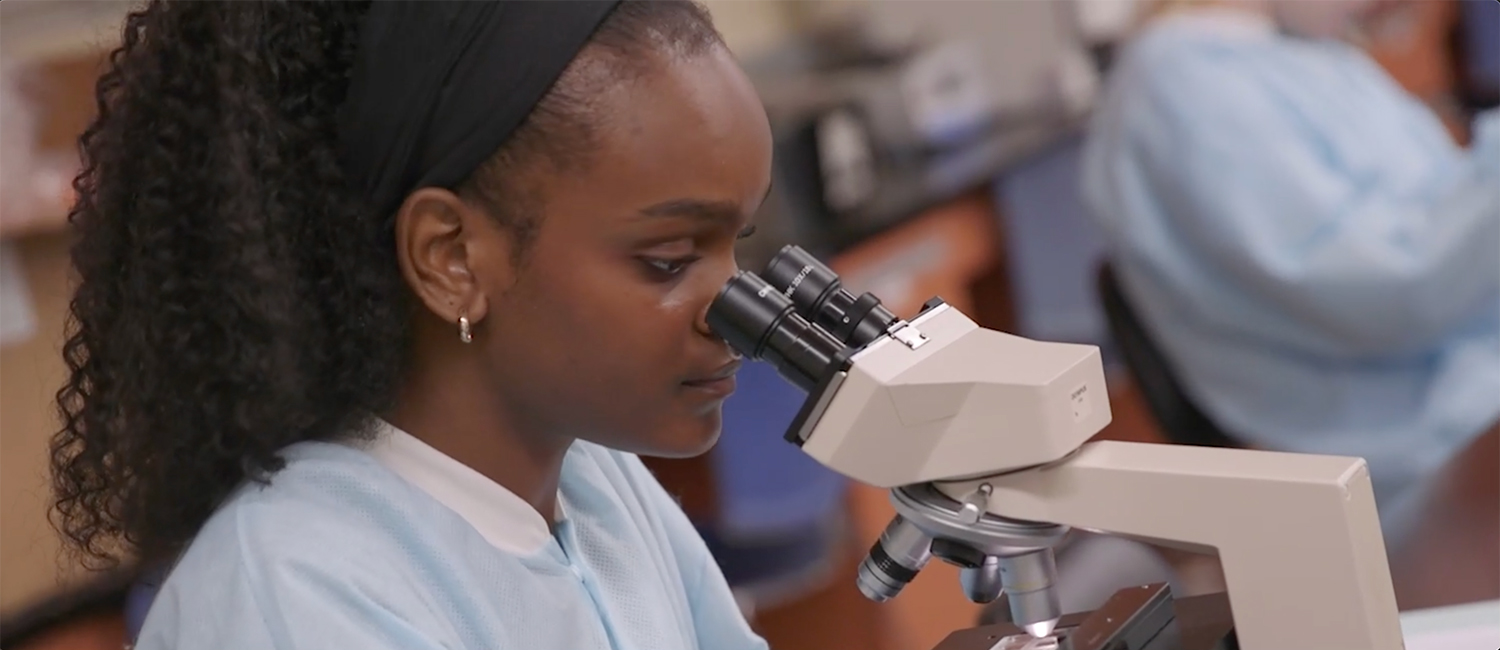Flea – Field Station
Fleas are very small and are laterally flattened. A flea’s life cycle is also brilliantly fine-tuned for survival. Flea larvae are tiny, blind, legless, wormlike scavengers that develop in dark, humid places like cracks on the floor, animal nests, bedding, etc. There they eat organic matter including dead insects, dandruff, exfoliated skin, shed insect skins, plant material, and flea feces. After a week or two as larvae, they spin silken pupal cases. Fleas spend a week or two as pupae. They...| Field Station


